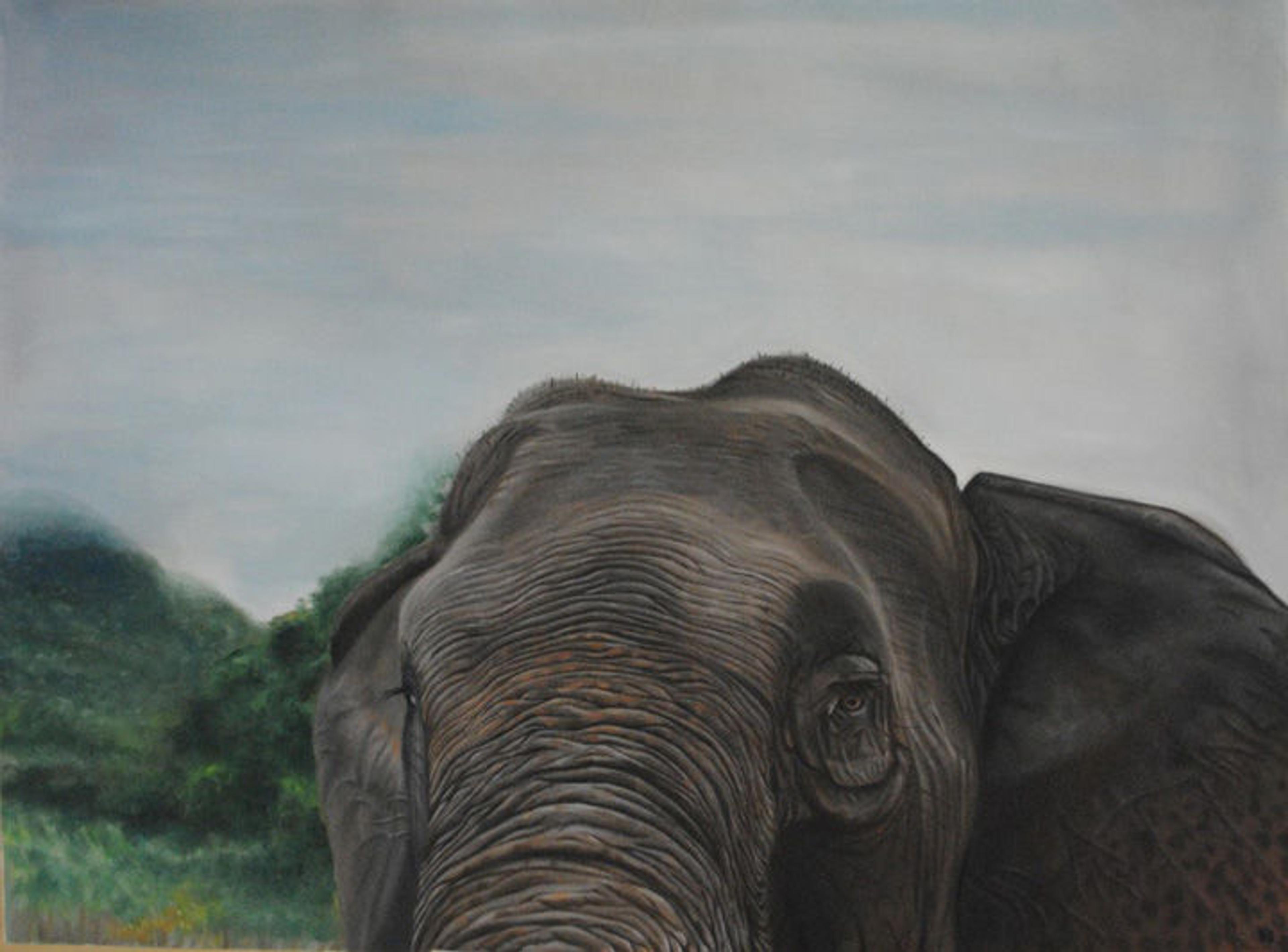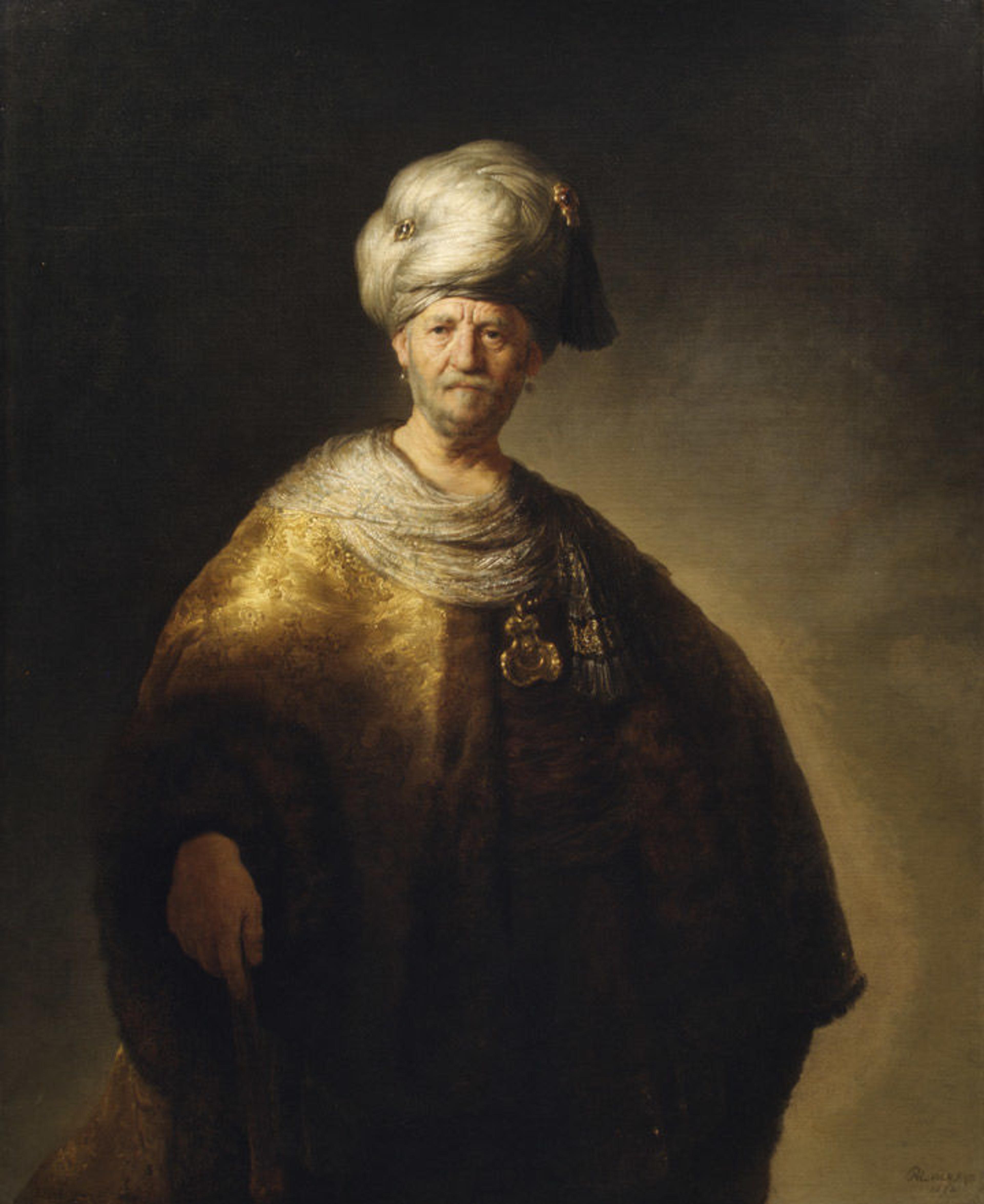
David K. Chiang Mai Elephant, 2014
«Realism has been the biggest inspiration for my art. I grew up aspiring to make paintings like some of the greats: Leonardo da Vinci, Caravaggio, Frans Hals, and Jan van Eyck. In my paintings, I attempt to emulate the transfixing quality of authenticity by hovering delicately between photograph and painted image, creating something that makes the viewer stop for a second to verify that they are actually looking at brush strokes .»
Though it is still evolving, my subject matter is currently landscape and figure paintings. I only recently began figure painting in the past year, but I have been building on my landscape painting since I started. I use photographs from countries I've visited as inspiration for my paintings, which are usually sweeping landscapes on large canvases. Despite my late start with figure painting, I have always loved it, and I am particularly drawn to Dutch Golden Age, Northern Renaissance, and Baroque art—all of which are styles of realism.
One of my longtime favorites and inspirations is Rembrandt van Rijn, whose work I occasionally see here at The Met. I was struck when I saw Rembrandt's Man in Oriental Costume ("The Noble Slav") for the first time in the European Paintings galleries. The subject appears to glow while remaining cloaked in the darkness of the background. The painting radiates beauty, and it is impossible to avoid looking at it when walking through the room. Rembrandt's technique in Man in Oriental Costume is exactly what I strive for and try to capture in my paintings. Though clearly a painting, it retains elements of a photograph: the detail is beyond meticulous, the highlights are immaculately placed, and the transition from sharp to blur is undetectable.

Rembrandt (Rembrandt van Rijn) (Dutch, 1606–1669). Man in Oriental Costume ("The Noble Slav"), 1632. Oil on canvas; 60 1/8 x 43 3/4 in. (152.7 x 111.1 cm). The Metropolitan Museum of Art, Bequest of William K. Vanderbilt, 1920 (20.155.2)
It's easy to overlook that the subject in this painting is a Dutch model dressed in Middle Eastern garb. At first, this seemed to me an example of cultural appropriation, meaning the use of elements of one culture by a different culture, sometimes with a negative connotation. However, according to Walter Liedtke's catalogue entry on this painting, Rembrandt is, in fact, exalting or ennobling the man and referring to great historical figures by dressing him in an "Oriental costume." In my own paintings, foreign people and places are my muses, but I try to highlight cultures other than my own while staying mindful of appropriation.
Related Link
82nd & Fifth: Walter Liedtke, "The Choice"